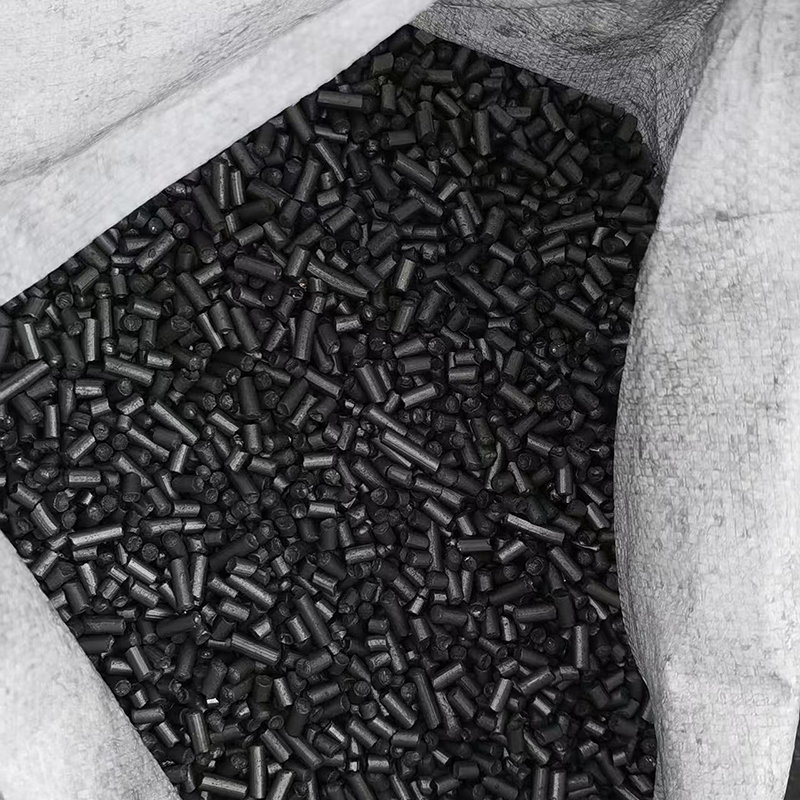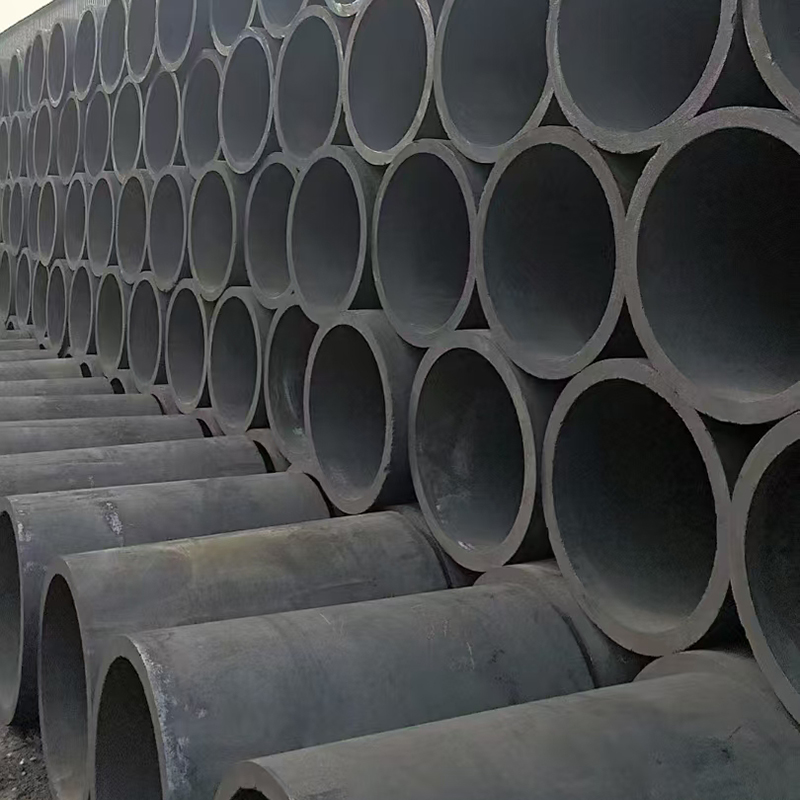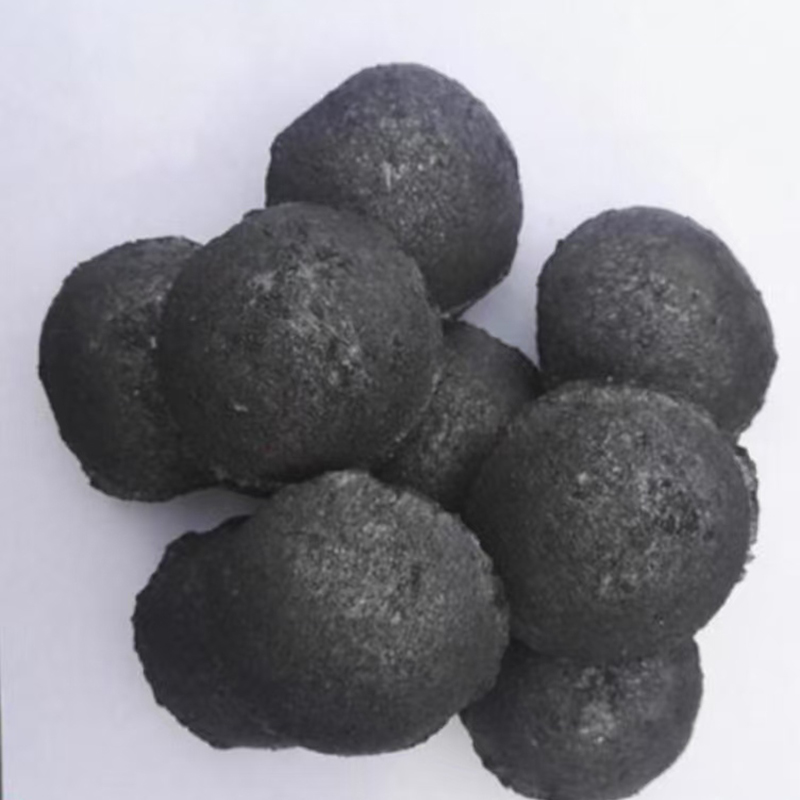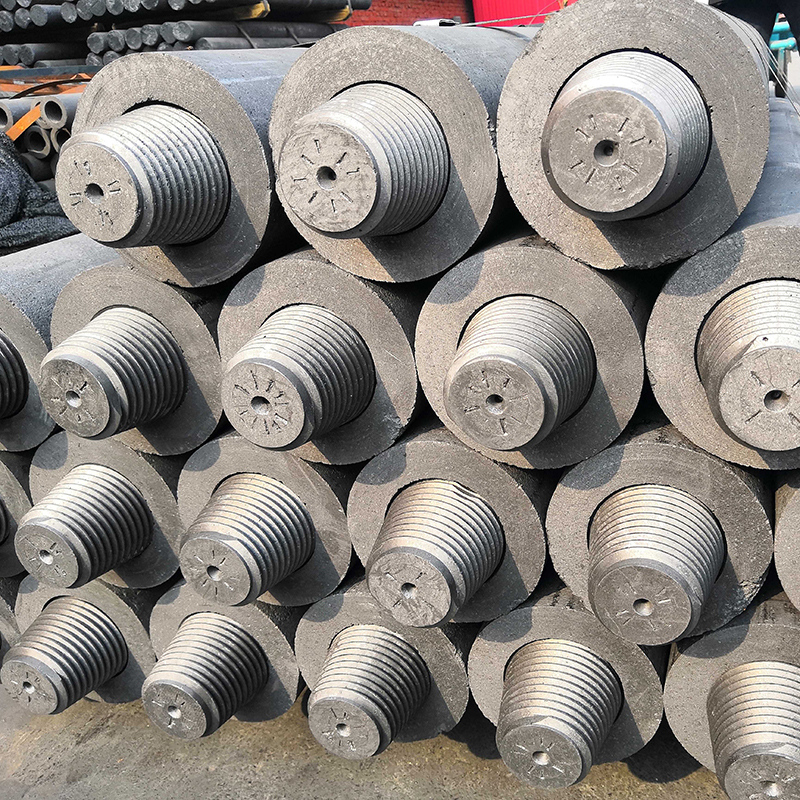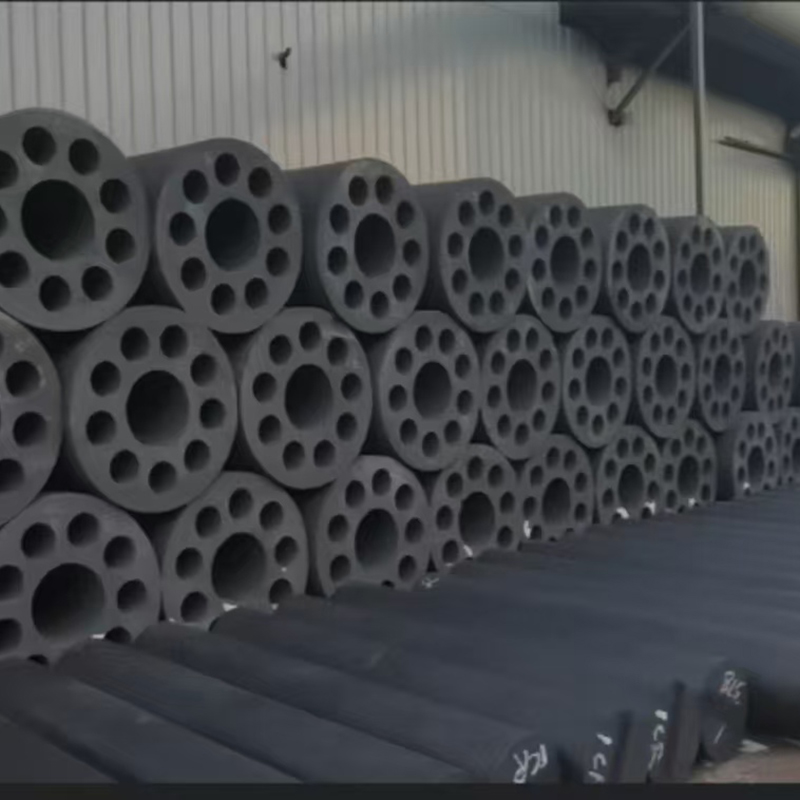- Chinese
- French
- German
- Portuguese
- Spanish
- Russian
- Japanese
- Korean
- Arabic
- Irish
- Greek
- Turkish
- Italian
- Danish
- Romanian
- Indonesian
- Czech
- Afrikaans
- Swedish
- Polish
- Basque
- Catalan
- Esperanto
- Hindi
- Lao
- Albanian
- Amharic
- Armenian
- Azerbaijani
- Belarusian
- Bengali
- Bosnian
- Bulgarian
- Cebuano
- Chichewa
- Corsican
- Croatian
- Dutch
- Estonian
- Filipino
- Finnish
- Frisian
- Galician
- Georgian
- Gujarati
- Haitian
- Hausa
- Hawaiian
- Hebrew
- Hmong
- Hungarian
- Icelandic
- Igbo
- Javanese
- Kannada
- Kazakh
- Khmer
- Kurdish
- Kyrgyz
- Latin
- Latvian
- Lithuanian
- Luxembou..
- Macedonian
- Malagasy
- Malay
- Malayalam
- Maltese
- Maori
- Marathi
- Mongolian
- Burmese
- Nepali
- Norwegian
- Pashto
- Persian
- Punjabi
- Serbian
- Sesotho
- Sinhala
- Slovak
- Slovenian
- Somali
- Samoan
- Scots Gaelic
- Shona
- Sindhi
- Sundanese
- Swahili
- Tajik
- Tamil
- Telugu
- Thai
- Ukrainian
- Urdu
- Uzbek
- Vietnamese
- Welsh
- Xhosa
- Yiddish
- Yoruba
- Zulu
- Kinyarwanda
- Tatar
- Oriya
- Turkmen
- Uyghur

High-Performance Graphite Electrodes for Steelmaking
2025-05-04
High-Performance Graphite Electrodes for Steelmaking
This comprehensive guide explores the crucial role of graphite electrodes in modern steel production, examining their properties, types, selection criteria, and impact on efficiency and sustainability. We delve into the intricacies of graphite electrode manufacturing, highlighting key considerations for steelmakers seeking optimal performance and cost-effectiveness. Learn how to choose the right graphite electrodes for your specific steelmaking process and discover the latest advancements in this critical technology.
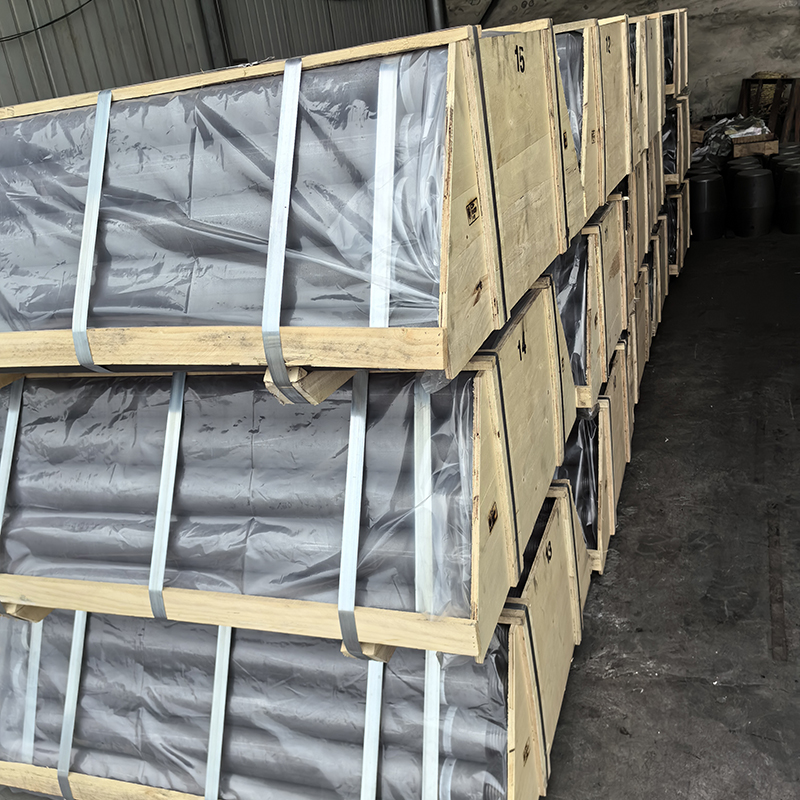
Understanding Graphite Electrodes in Steelmaking
The Function of Graphite Electrodes
In electric arc furnaces (EAFs), the primary method of steelmaking, graphite electrodes serve as the essential conductors of high-intensity electric current. This current generates the intense heat needed to melt scrap metal and other raw materials, forming molten steel. The quality and performance of the graphite electrodes directly impact the efficiency, energy consumption, and overall productivity of the steelmaking process. The choice of electrode depends on factors like furnace size, power requirements, and the desired steel grade.
Types of Graphite Electrodes
Several types of graphite electrodes cater to the varying demands of steel production. These include high-power electrodes designed for maximum energy efficiency and ultra-high-power (UHP) electrodes that enhance productivity in large-scale operations. The selection depends on the specific needs of each steelmaking operation. Factors to consider include diameter, length, and electrical resistivity. Choosing the appropriate type ensures optimal arc stability and minimizes energy loss.
Factors Affecting Graphite Electrode Performance
Raw Material Quality
The quality of the raw materials used in graphite electrode manufacturing significantly affects their performance. Higher-quality petroleum coke and pitch contribute to improved electrical conductivity, strength, and resistance to thermal shock. Variations in raw material composition can directly impact the lifespan and efficiency of the electrodes.
Manufacturing Process
The manufacturing process of graphite electrodes is intricate, involving multiple steps to ensure consistent quality and performance. These steps include mixing, molding, baking, and graphitization. Advanced manufacturing techniques lead to superior electrodes with enhanced properties and longer lifespans. For example, high-pressure molding techniques contribute to improved density and reduced porosity, resulting in better electrical conductivity and increased durability.
Electrode Consumption and Cost Optimization
Understanding graphite electrode consumption is crucial for cost management in steelmaking. Several factors influence electrode consumption, including the operating parameters of the EAF, the quality of the raw materials, and the type of electrode used. Optimizing these parameters can significantly reduce operating costs and enhance profitability. Regular inspection and preventative maintenance of electrodes can significantly reduce waste. Furthermore, advancements in electrode design and manufacturing technology contribute to reduced consumption.
Choosing the Right Graphite Electrodes for Your Steel Mill
Selecting the optimal graphite electrodes requires careful consideration of several factors. This includes the furnace size, power requirements, steel grade being produced, and desired operational efficiency. Consulting with experienced graphite electrode suppliers, such as Hebei Yaofa Carbon Co., Ltd., is crucial for making informed decisions. Hebei Yaofa offers a wide range of high-quality graphite electrodes tailored to meet the specific needs of various steelmaking operations.
Future Trends in Graphite Electrodes for Steelmaking
The steel industry is constantly evolving, and so is the technology surrounding graphite electrodes. Research and development efforts focus on improving electrode performance, durability, and sustainability. Innovations in materials science and manufacturing techniques continuously drive progress in this area, leading to more efficient and environmentally friendly steel production.
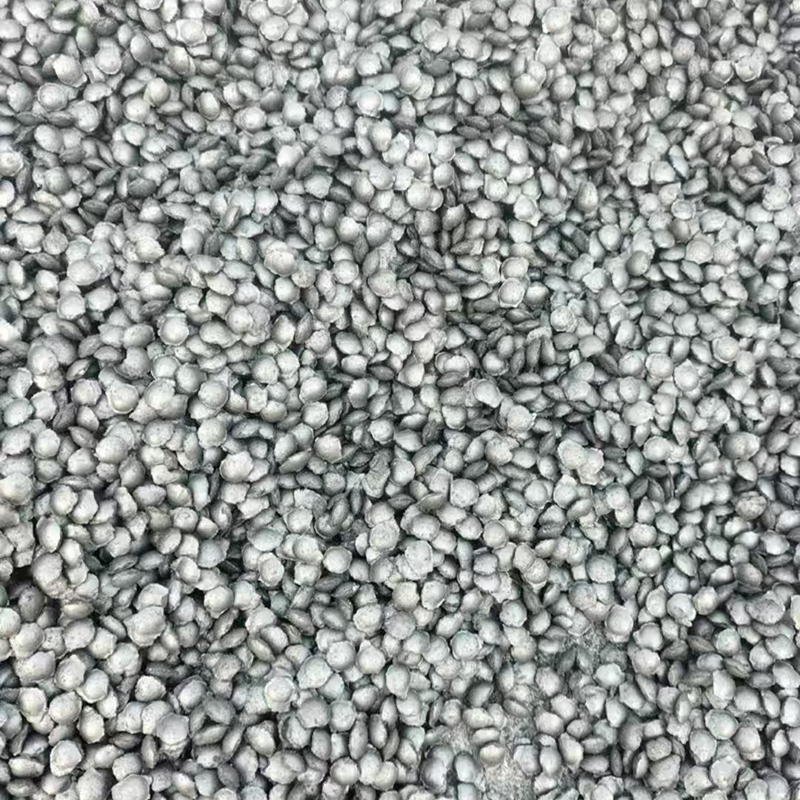
Comparison of Different Graphite Electrode Types
| Electrode Type | Power Capacity | Lifespan | Cost |
|---|---|---|---|
| Standard HP | High | Moderate | Moderate |
| UHP | Ultra-High | High | High |
| RP (Regular Power) | Moderate | Moderate | Low |
Note: Specific performance data can vary based on manufacturer and operating conditions.






